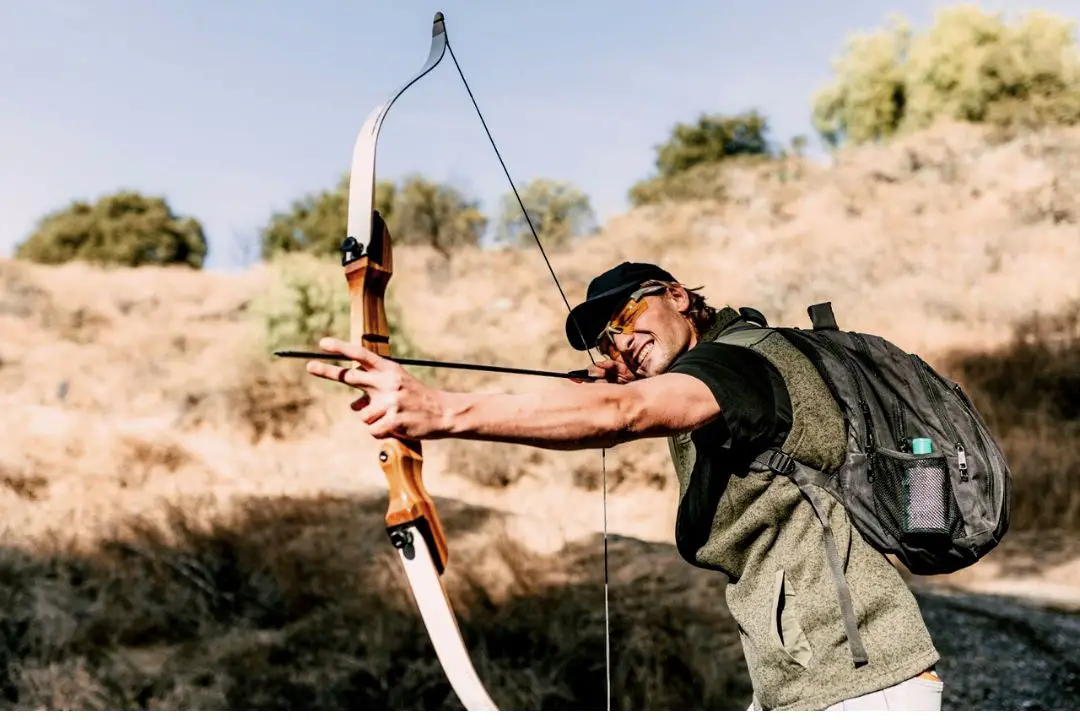Why are Thermal Monoculars So Expensive? (A Quick Read)
Thermal monoculars are an important tool for hunters because they allow them to see in the dark and detect games that would otherwise be hidden. Thermal monoculars are expensive. But why is that so? Are they worth the investment? Find out in this quick read.
When most people think of night vision, they think of the traditional green-tinted goggles that allow you to see in the dark. But, there's another technology that uses thermal imaging to produce images of heat sources and offers several advantages over traditional night vision devices.
However, thermal monoculars are expensive, but are they worth the high price tag? Dive in and find out.
What Are Thermal Monoculars
Thermal monoculars are a type of optical vision device that allows you to see in both bright light and total darkness. They work by detecting infrared radiation, which is invisible to the human eye.
Infrared radiation is emitted by all objects, including people, animals, and vehicles. By detecting this radiation, thermal monoculars can create an image of the scene, even in complete darkness.
Advantages
Thermal monoculars offer several advantages over traditional night vision devices. They do not require a source of light, so they can be used in complete darkness. They are also less likely to be detected since they do not emit any visible light. As a result, thermal monoculars are an essential tool for night operations.
Another advantage of thermal monoculars is that they can see through smoke, dust, and fog. This makes them ideal for search and rescue operations, as well as surveillance in hostile environments.
Finally, thermal monoculars are less affected by bright light than traditional night vision devices. This means that they can be used in both daytime and nighttime conditions.
Applications
Thermal monoculars can be used for a variety of purposes, including target acquisition, surveillance, search and rescue, security, and navigation. The military, law enforcement, and hunters are all common users of thermal monoculars. They are also used by wildlife biologists to track animals at night.
When used in search and rescue operations, thermal monoculars can help locate missing persons by detecting their body heat. In surveillance applications, thermal monoculars can be used to detect intruders in low-light conditions. And in security applications, thermal monoculars can be used to detect explosives or other hazardous materials.
They also do not require an external light source, such as moonlight or starlight, to function properly. They are also less likely to be detected since they do not emit any visible light. As a result, thermal monoculars are an essential tool for night operations.
Additionally, they are not susceptible to image distortion caused by smoke, dust, or other particles in the air. Thermal monoculars can also provide a thermal image of the surrounding area, which can help detect targets or games that are hidden behind objects.
Why are they Expensive?
Thermal monoculars require high-quality optics to produce a clear image. The instrument uses a detector to sense infrared radiation, which is then converted into an electrical signal. This signal is then amplified and displayed on a screen.
The lenses in thermal monoculars are made of special materials that allow infrared radiation to pass through. The most common material is germanium. Germanium is a brittle, grayish-white metal that is found in the Earth's crust. It is hard to extract, so it is expensive.
Thermal monoculars are also equipped with a filter that helps to reduce the amount of visible light that is entering the instrument. This helps to improve the contrast of the thermal image. All these add to their cost.
As a result, the cost of manufacturing thermal monoculars is much higher than the cost of manufacturing other types of night vision devices, and this expense is passed on to the consumer.
Also, the manufacturing process for thermal monoculars is complex and time-consuming. In addition, thermal monoculars require regular maintenance and calibration to maintain their performance.
Consequently, thermal monoculars tend to be more expensive than other types of night vision devices. Not just monoculars, but any device ( like a scope or bino) that uses thermal imaging technology can be very costly. Although their high cost may make them less accessible to some consumers, their superior performance justifies their price for many users.
Final Words
Thermal monoculars are an important tool for hunters because they allow them to see in the dark and detect games that would otherwise be hidden. Thermal monoculars can be expensive, but they are worth the investment if you want the best hunting experience possible.
But if you're looking for a quality thermal monocular to fit your budget, tap the button below and check out our article on the best thermal monoculars.

Also, check out some of our other quick reads:






